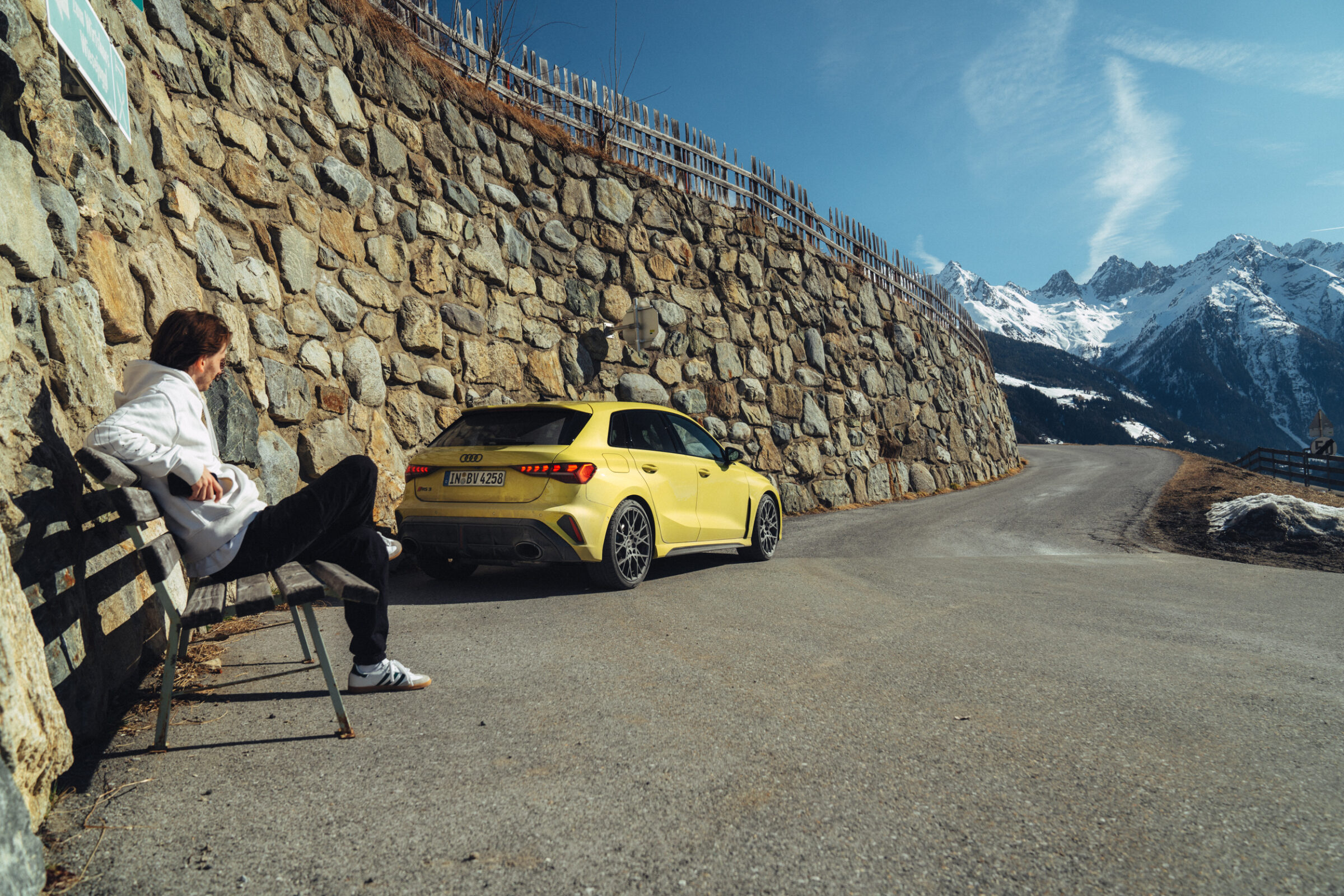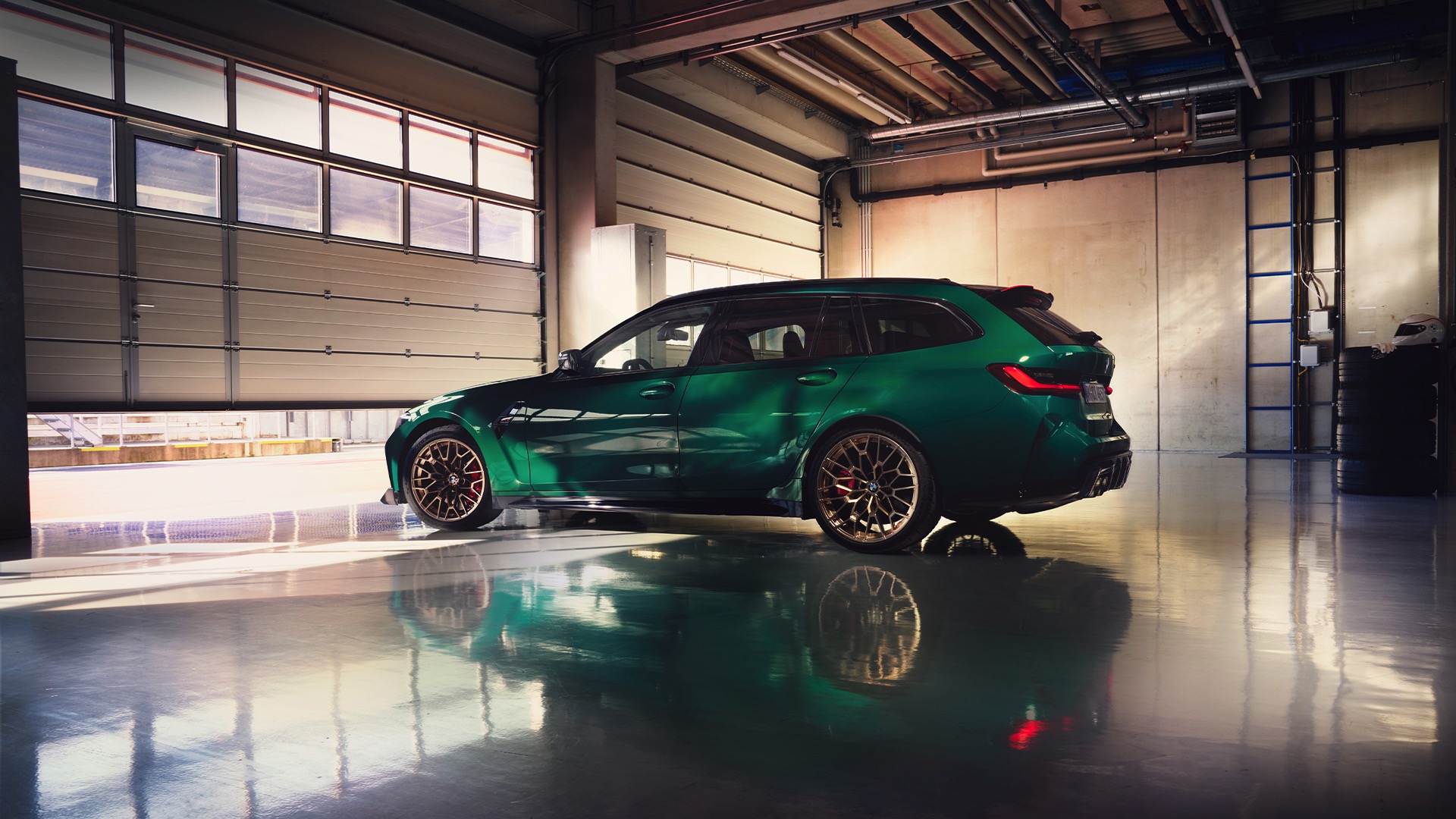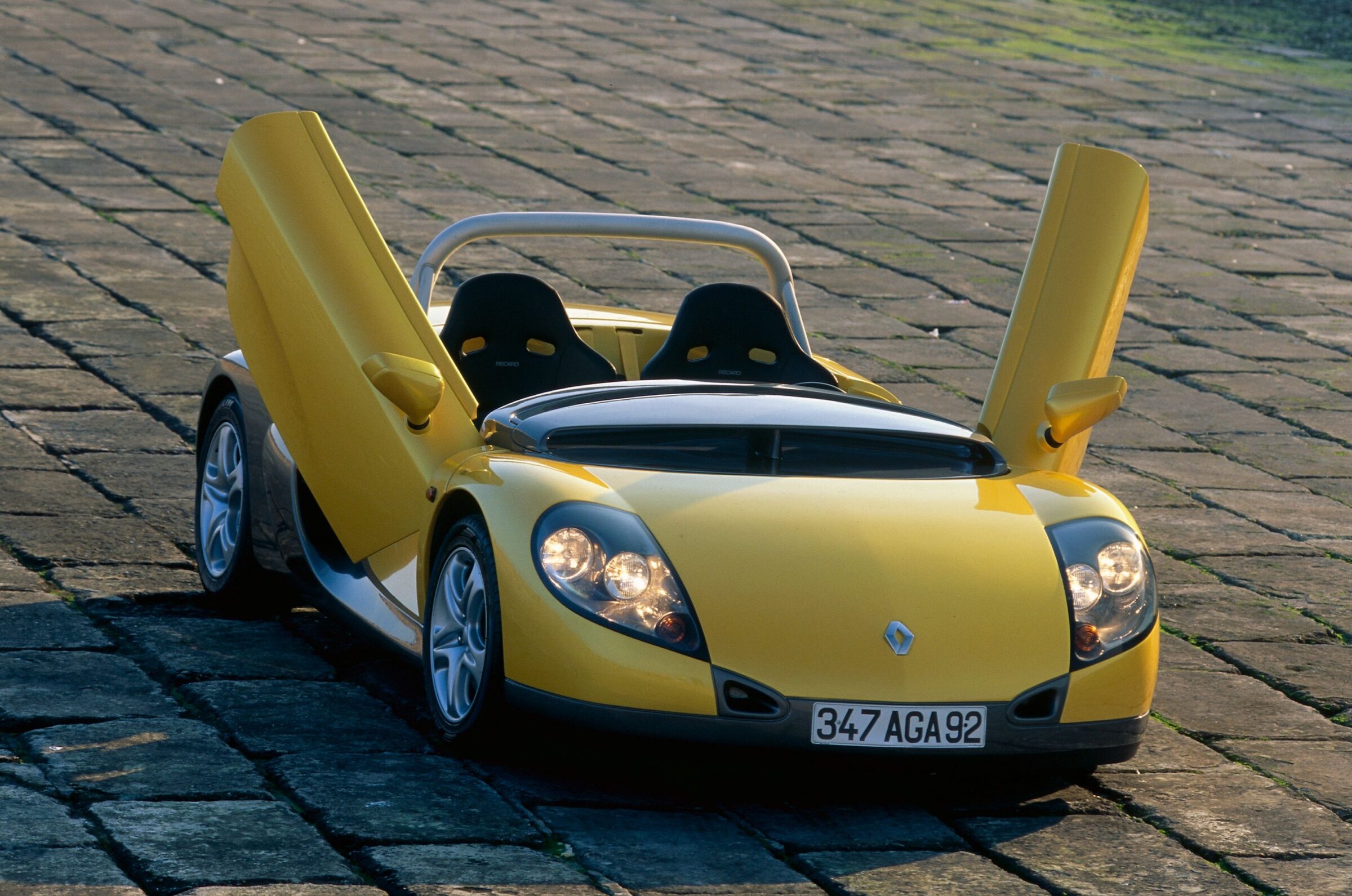De Tomaso Guarà Spyder
In 1993, the final new model of the sports car manufacturer De Tomaso debuted at the Geneva Motor Show. Development of the Guarà began under the leadership of company founder Alejandro de Tomaso. However, he suffered a stroke in February 1993 and was thus unable to attend the premiere in Geneva. Instead, his son Santiago was now in charge of the company. The Guarà was to replace the Pantera, which by then was already more than 20 years old. At the same time it was to be available in several variants. For this purpose, a radically open Barchetta without windshield and roof was presented in Geneva. The Coupé followed shortly thereafter. In collaboration with the coachbuilder Carrozzeria AutoSport S.r.L., a Spyder variant with windshield and small fabric top was added later. Due to the financial difficulties into which De Tomaso had already slipped before the premiere of the Guarà, and the unclear situation at the top of the company, a total of only 34 examples were built until 2004 (some sources speak of 38).
Initially with BMW engine
Beneath the Guarà’s handsome shell was a central tubular aluminium frame that sports car fans were already familiar with. It was first used in 1990 under the Maserati Chubasco concept car, and then the Maserati Barchetta, built only 17 times, was based on this chassis. Maserati belonged to the corporate empire of Alejandro de Tomaso until mid-1993. This explains not only the technical connection between the Maserati Barchetta and the De Tomaso Guarà Barchetta. The design of both cars also came from the same company, Synthesis Design. However, De Tomaso couldn’t use Maserati’s biturbo V6 engines and instead used BMW V8 engines with four liters of displacement and 286 hp. Together with Alpina, there were to be more powerful variants with 304 hp as well as an unspecified version with larger displacement. However, it is doubtful whether these were ever delivered. Around 19 Guaràs received BMW engines.
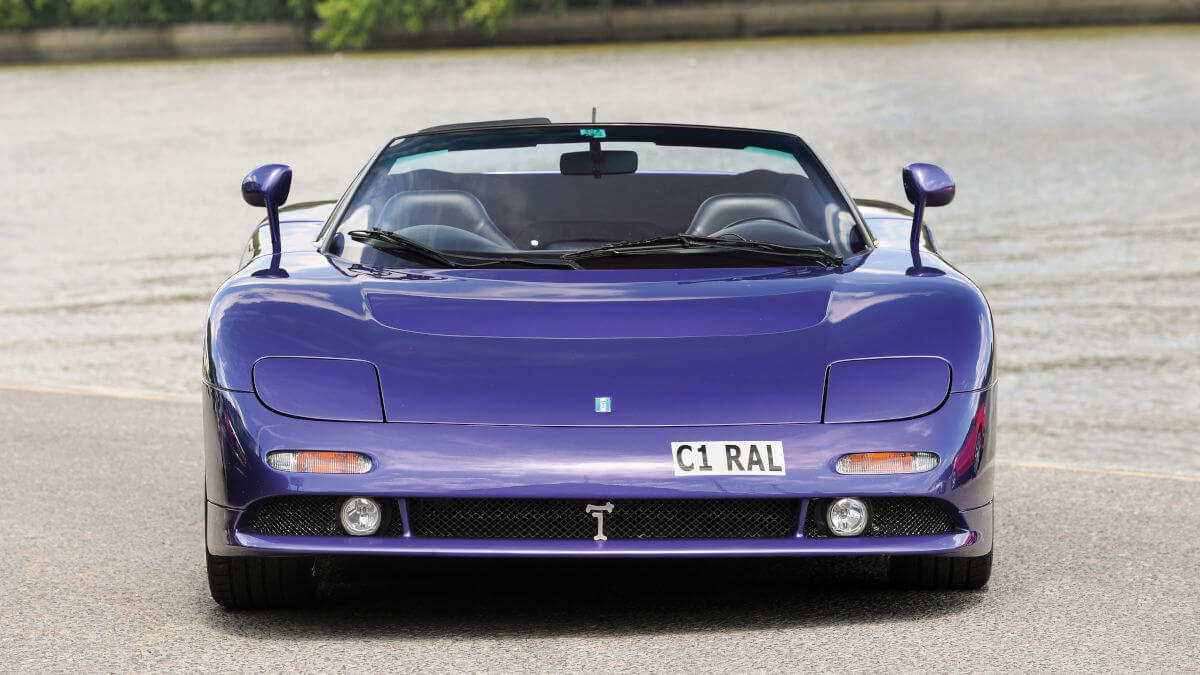



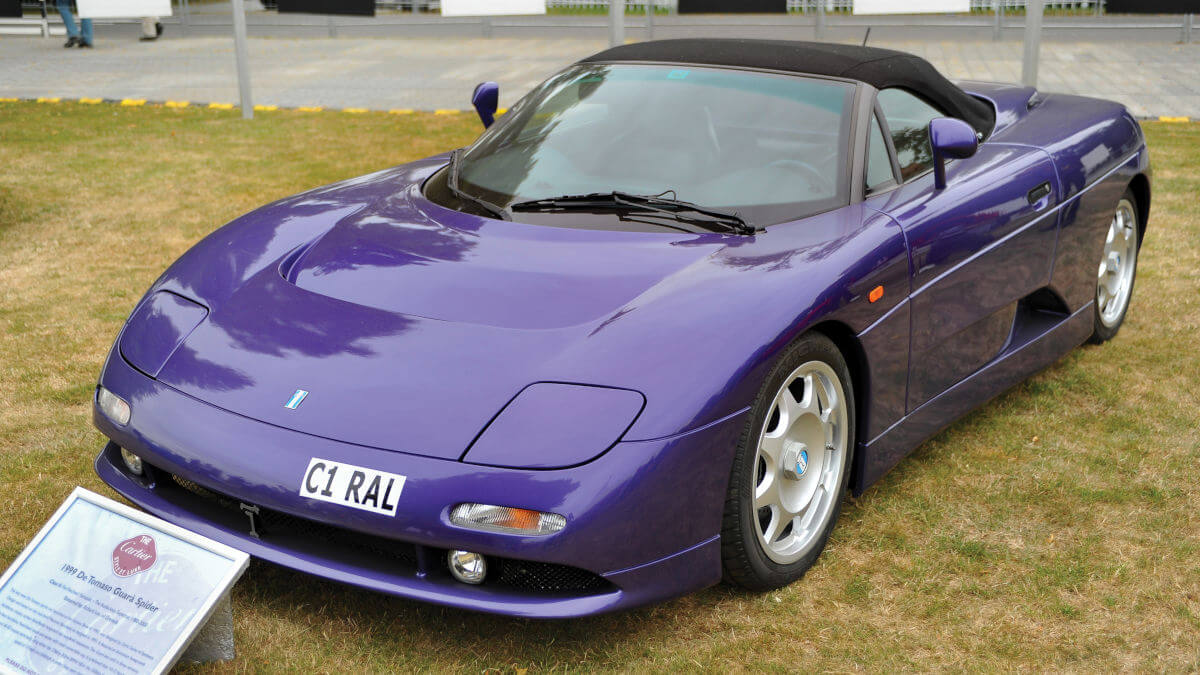

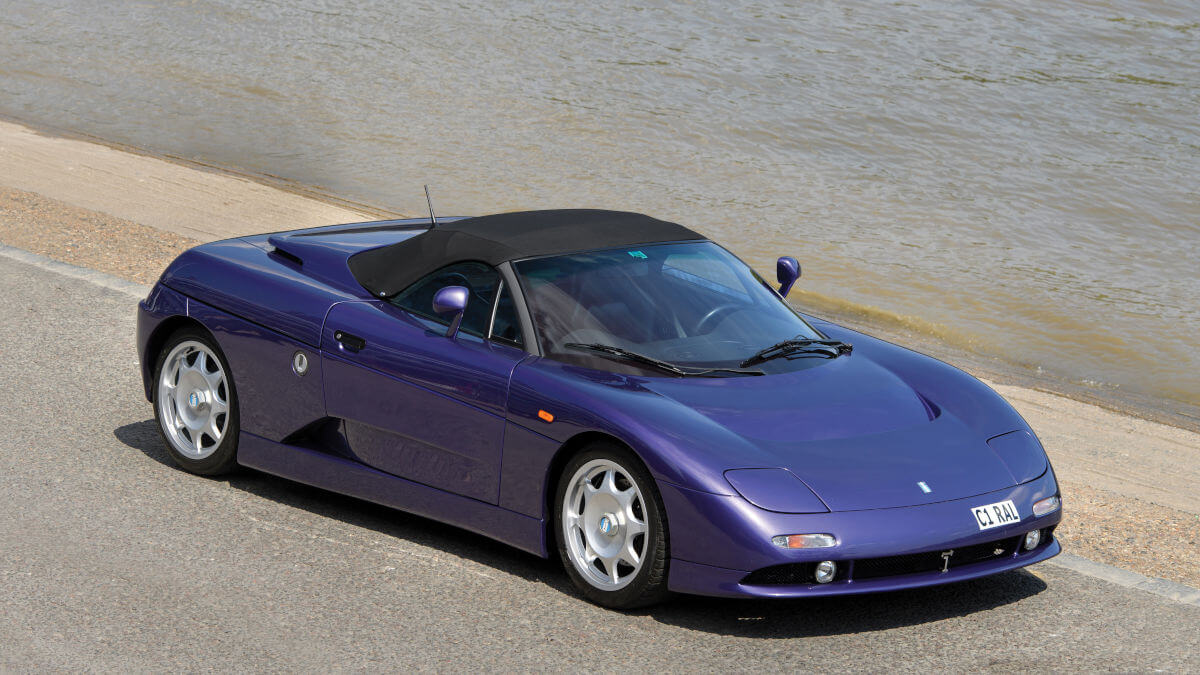











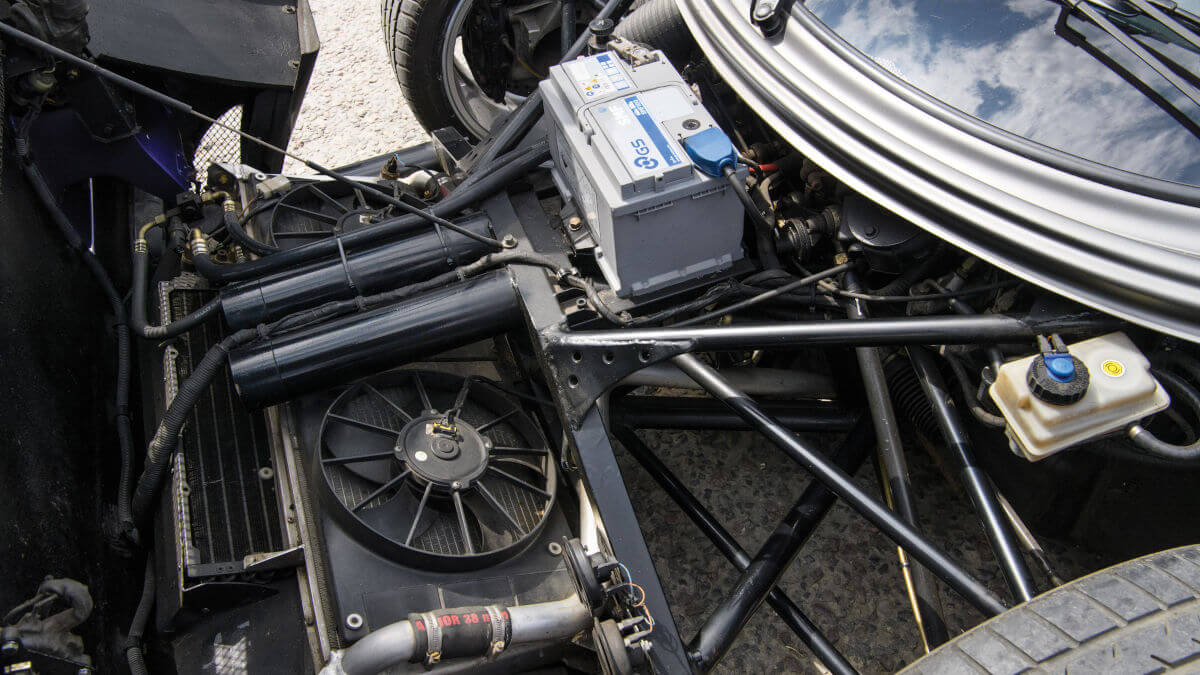



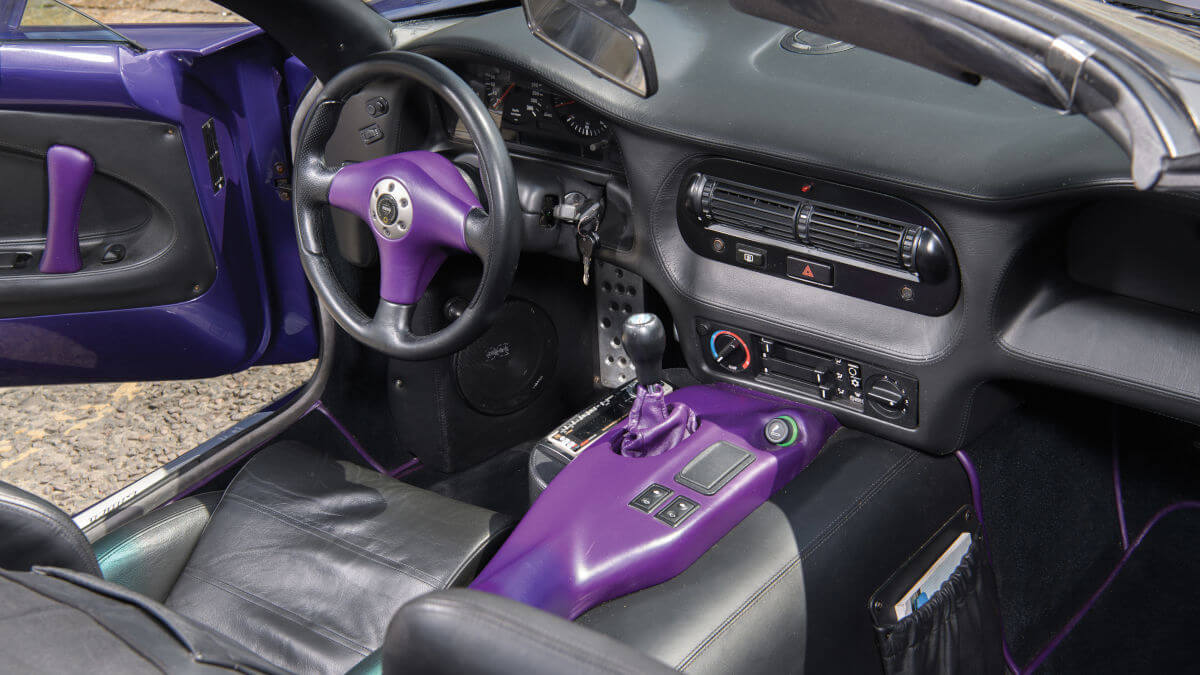



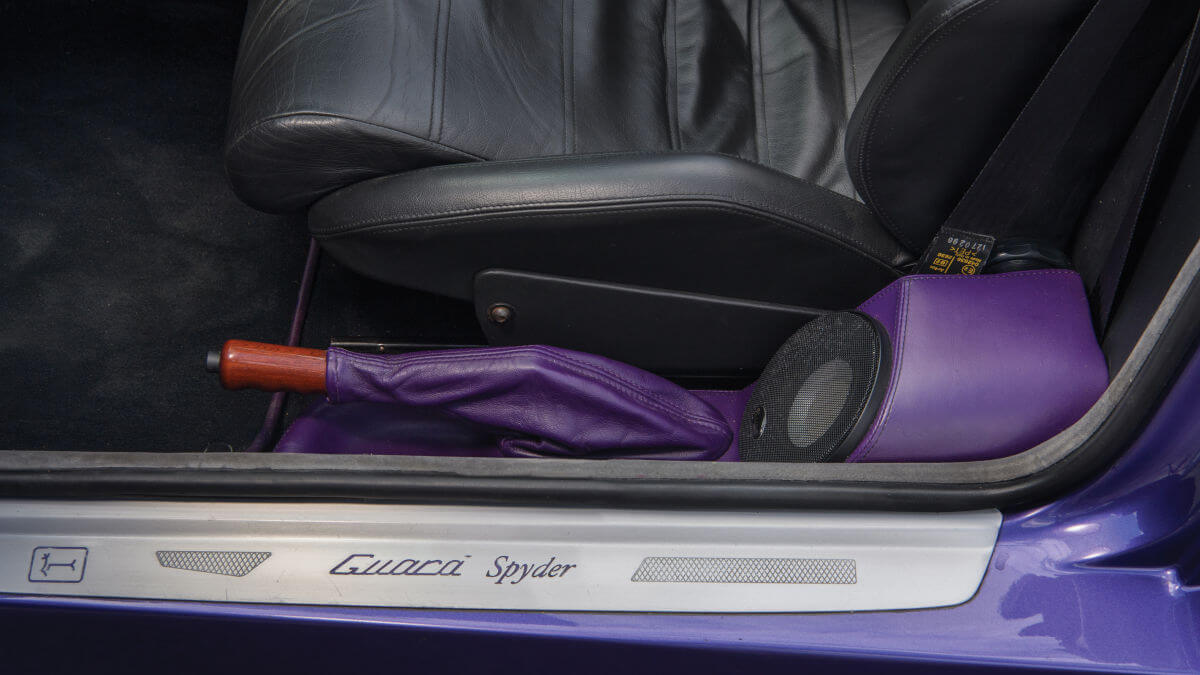

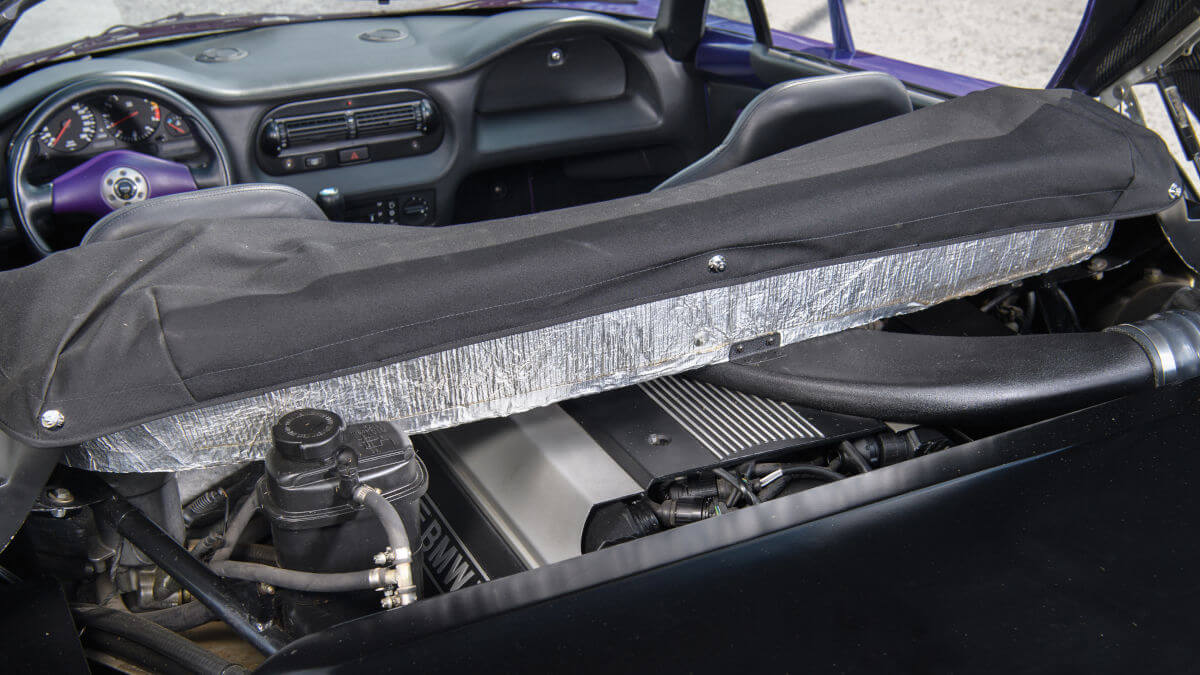

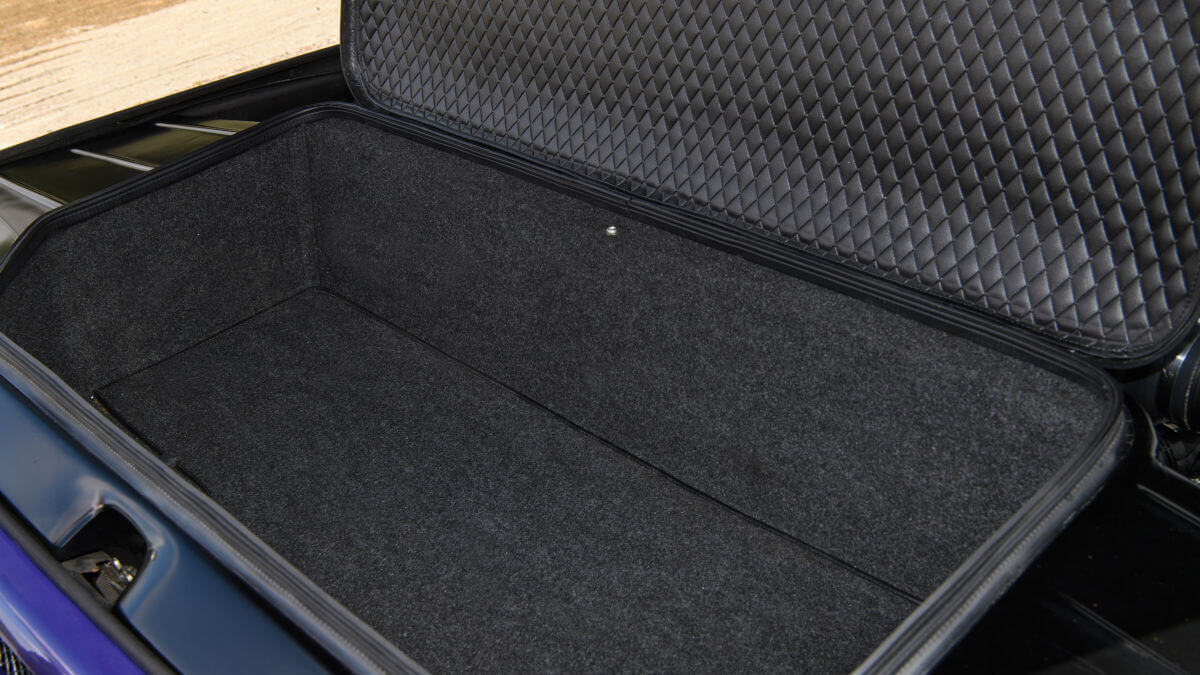

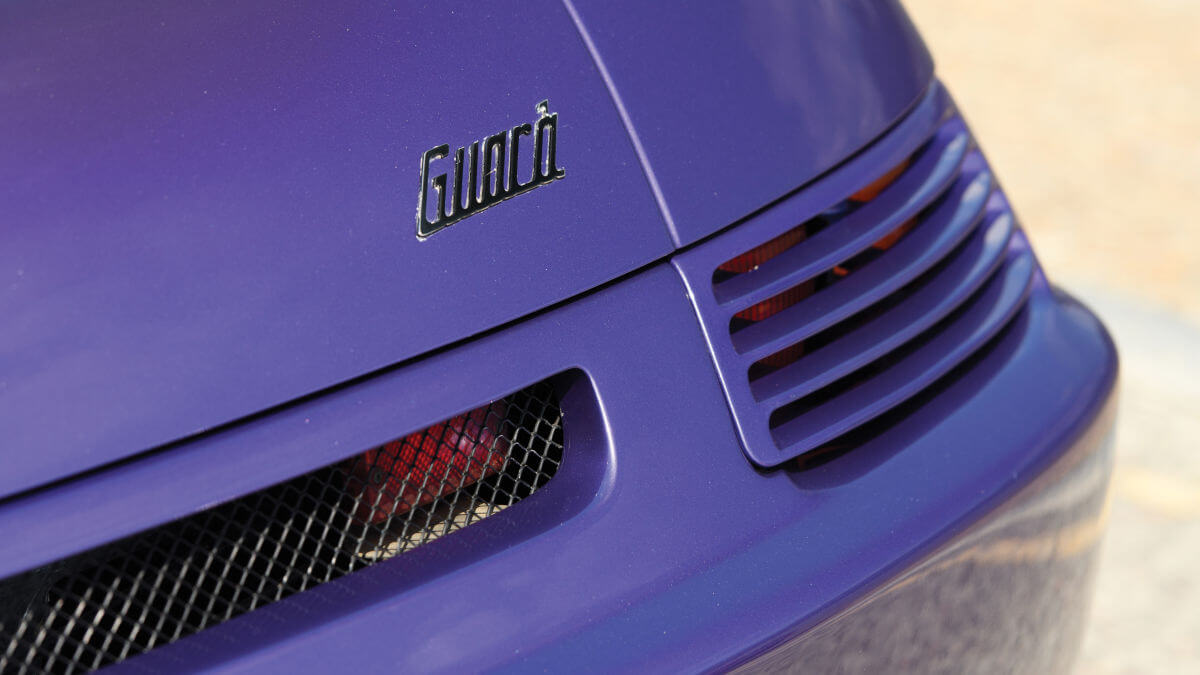

From 1998 with Ford V8
In 1998, De Tomaso switched to Ford V8 engines optimized for performance by Visteon in Canada for cost reasons. The engineers drew 305 hp from 4.6 liters of displacement. Again, a more powerful version, this time turbocharged, was announced but never implemented. Compared with earlier BMW-powered cars, the late Guarà weighed around 200 kilograms more, which had a negative impact on driving dynamics. In addition, the higher installation position no longer allowed a place to store the soft top of the Spyder. This body variant was therefore discontinued after only four units were built. According to production records, seven Barchetta cars were built with BMW engines and three with Ford engines. In addition there were 21 Coupés (8 BMW, 12 Ford), one of which was delivered to the US importer without engine and chassis number. The importer was to try on his own to get the car ready for registration in the USA, which failed.
Spyder to be auctioned
The final car was ordered in 2004, but not completed until 2011. It was given a Coupé body with a targa roof. One of the four Guarà Spyders will go under the hammer in May at the French auction house Aguttes. Back in 2018, the same vehicle was auctioned by RM Sotheby’s in London, but failed to reach the minimum price. At the request of the first owner, this car wasn’t only painted in purple metallic, but also received various special features. For example, there is a specially equipped trunk in the rear and an early DAB radio in the interior. To date, less than 15,000 kilometers of mileage have been accumulated. This makes the Guarà Spyder a potential collector’s car with rarity value. Between € 200,000 and € 230,000 is expected at the May 1 auction in Cassel.
Images: RM Sotheby’s, Aguttes


